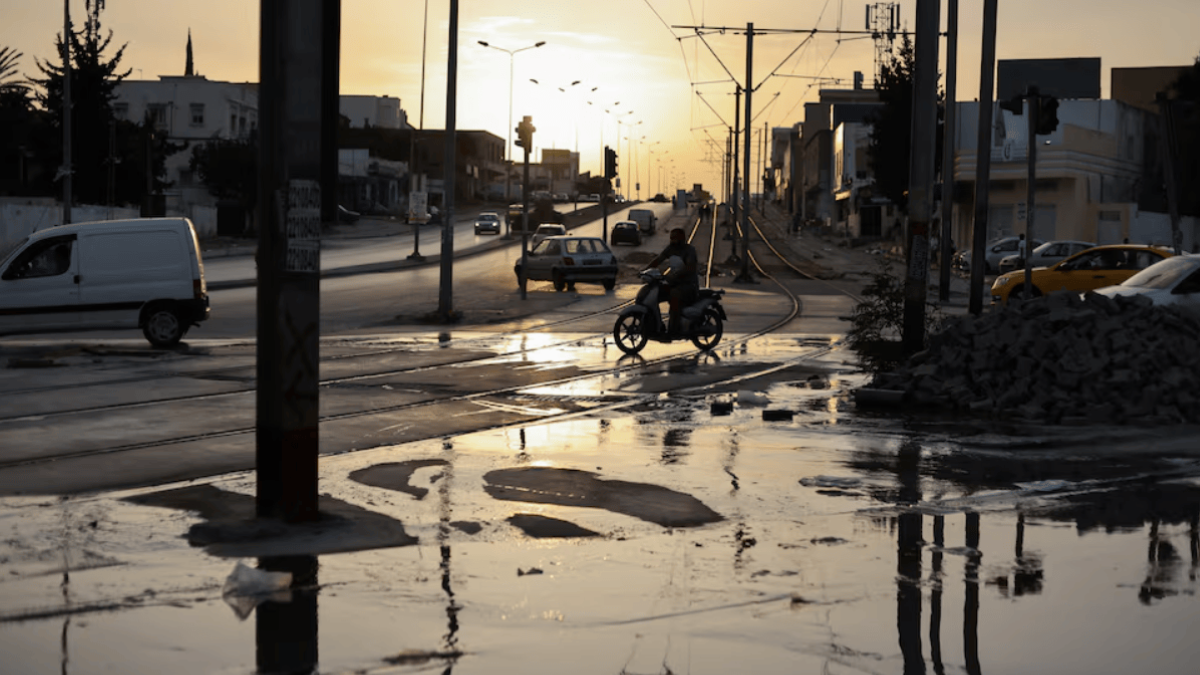Despite recognizing the importance of the transport sector as a driver of economic growth, Tunisia faces stark disparities in infrastructure quality between coastal and inland regions. This imbalance deepens developmental gaps and restricts the movement of people and goods. While authorities have initiated large-scale projects with support from international financial institutions, challenges persist, including poor road conditions and limited economic impact from current connectivity projects. According to transport expert Youssef Ben Ramadan, the main coastal road accounts for 80% of Tunisia’s highways, facilitating rapid movement between developed cities. However, roads in inland areas remain underdeveloped, with frequent congestion and single-lane highways. These conditions hinder the transportation of agricultural products and raw materials, isolating rural businesses and communities while limiting access to jobs, education, and essential services. To address these issues, Tunisia has launched initiatives like the Road Transport Corridors Project, rehabilitating over 220 kilometers of roads and benefiting more than 373,000 people. Funded by the World Bank, the Economic Corridors Project aims to improve infrastructure and generate broader economic benefits. However, challenges such as road safety, maintenance deficits, and regional inequality remain significant. According to the World Bank, poor road conditions cost Tunisia 4.5% of its GDP annually due to road accidents, with many fatalities occurring outside urban areas. Poverty rates in inland regions, such as Kairouan (34.9%) and Kasserine (32.8%), highlight ongoing developmental challenges. European initiatives like TRANSTRAC and LOGISMED aim to enhance Tunisia’s transport infrastructure, with potential economic benefits ranging from 11-14% of GDP. Despite these efforts, achieving balanced growth across Tunisia will require sustained investment in road infrastructure and logistics.
— new from (Erem Business)
